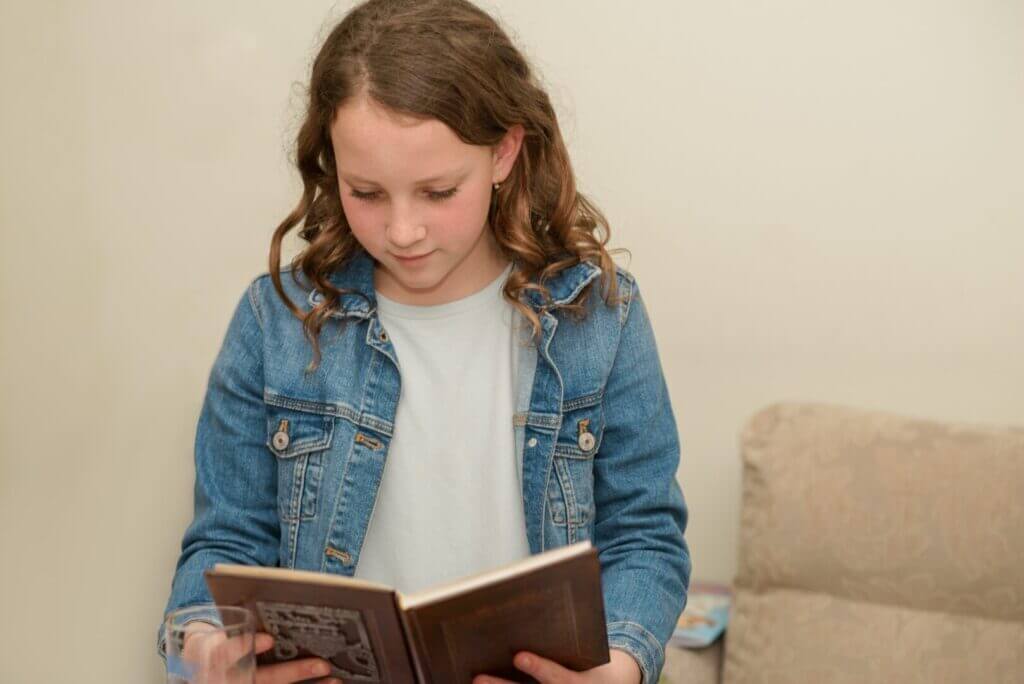The Orton-Gillingham approach has transformed English literacy intervention, but can its principles be successfully applied to teaching Hebrew as a second language? While the approach’s structured methodology can be beneficial, it’s crucial to consider the needs of second language learners.
The Orton-Gillingham Methodology
Developed by Samuel Torrey Orton and Anna Gillingham is a structured, phonics-based method of teaching reading and spelling skills. It can help beginning readers overcome language processing effectively for several reasons:
The Orton-Gillingham approach recognizes that reading is a complex process requiring the explicit instruction and the integration of multiple skills, including phonemic awareness, decoding, fluency, vocabulary, and comprehension. By breaking down these skills into smaller, manageable components, Orton-Gillingham instruction attempts to build a strong foundation in reading.
It also emphasizes individually tailored instruction where instructors use continuous assessment and observation to identify strengths and needs, adjusting instruction accordingly. Orton-Gillingham utilizes multi-sensory instruction to support children in acquiring and retaining information about the code of the written English.

Adapting the Orton-Gillingham Approach for Hebrew Literacy
The Orton-Gillingham approach was specifically designed to teach English speakers how to read English. When applied in this context, children can grasp the connection between oral and written language, understanding how speech translates to text and vice versa. They can experience the thrill of converting oral language to written language and back again.
When using Orton-Gillingham methodologies to teach English speakers the written Hebrew language, we must acknowledge that it will be a vastly different experience. These children have limited background in oral Hebrew language, which means they won’t have the same oral language to build upon. We must adapt our instructional approach to address this gap and provide additional support to help children connect the Hebrew language in a meaningful way.
When reading in English, their first language, children successfully read a word like ‘cat’ or ‘run’, and it makes sense to them. They understand its meaning and can connect it to their everyday lives. When children read and understand their first English sentence, they beam with pride, ‘The cat ran.’ or ‘Tam sat on Sam.’ It makes sense, and they feel a sense of accomplishment.
But, what happens when a second language learner decodes a Hebrew word, dag- fish, har- mountain, yad- hand, or a sentence like ‘Dan chalav parah’ without proper language supports? The words don’t hold the same meaning, and they don’t get that same feeling of pride and understanding. The experience falls flat, and the sense of accomplishment is lost.
This disparity highlights the need to adapt the Orton Gillingham approach if would like to employ them when teaching Hebrew literacy. We need to attempt to provide a sense of accomplishment and understanding that students feel when learning to read in English. We need to make Hebrew come alive for them, to make it meaningful and accessible. We want children to receive intrinsic feedback that they are reading correctly motivating them to keep on reading.
We can’t assume that children who don’t understand Hebrew can simply learn to decode without any vocabulary or comprehension. Many children struggle greatly, finding it boring and meaningless. Decoding without context or understanding can be a frustrating and demotivating experience for children. It’s essential to provide a more holistic approach that incorporates vocabulary, comprehension, and meaningful connections. By doing so, we can make learning Hebrew more engaging, effective, and enjoyable for our students.

Supports for Second Language Learners
- Visual and Multimedia Vocabulary Aids: Use images, videos, and interactive activities to enhance vocabulary learning, comprehension, and engagement, including:
- Picture dictionaries and flashcards
- Videos and animations
- Interactive games and quizzes
- Explicit Instruction: Provide clear and direct instruction on Hebrew reading skills, including:
- Decoding and Encoding
- Vocabulary
- Morphology
- Syntax
- Fluency including reading with expression, intonation and phrases
- Comprehension
- Meaningful and Engaging Opportunities: Offer opportunities for students to use language for receptive and expressive experiences, including:
- Reading Hebrew children’s books and discussing the stories
- Hebrew games
- Creating Hebrew labels and signs for the classroom
- Conducting simple conversations and role-plays in Hebrew
- Celebrating Hebrew holidays and traditions
- Exploring Hebrew music, dance, art and food

Real Words versus Pseudo- Words
In Orton-Gillingham instruction, educators use a combination of real words, sentences, and stories, along with occasional nonsense words, to refine children’s decoding skills. The purpose of using nonsense words is to ensure that children focus on the written text and develop decoding skills, rather than relying solely on vocabulary.
Some educators may assume that using nonsense words or syllable combinations inconsistent with Hebrew is helpful, believing that the content doesn’t matter as long as children are practicing to decode. Additionally, some Hebrew reading practice consists mostly of these non-sense syllable and parts. Yet, this type of practice can be counterproductive, hindering learners’ ability to learn the patterns of Hebrew phonology, orthography, and pronunciation.
To support Hebrew learners, we must ensure that decoding exercises facilitate enduring learning, not just for decoding, but for the Hebrew language in general. Using authentic Hebrew words, sentences, and stories is crucial, enabling learners to develop familiarity with all the levels of the Hebrew language.
Additionally, when learning Hebrew as a second language, nonsense words aren’t necessary altogether. Hebrew language learners anyways can’t rely on vocabulary to compensate for decoding, as most words are initially unfamiliar. Instead, educators can use less common, less familiar words to sharpen decoding skills. These authentic words won’t hinder learners’ ability to become accustomed to Hebrew, unlike nonsense words or syllable combinations that deviate from the patterns of Hebrew phonology and orthography.
Anyways, we want to use our instructional time to ensure that children are realizing that Hebrew can make sense, and that they can learn and enjoy Hebrew texts.

In Conclusion
In conclusion, the Orton-Gillingham Approach has revolutionized English literacy instruction, but its application to teaching Hebrew as a second language requires careful consideration. By acknowledging the unique characteristics of Hebrew and the needs of second-language learners, educators can adapt the approach to provide a more holistic and engaging learning experience. This includes using authentic Hebrew words, sentences, and stories, providing explicit instruction, and offering meaningful opportunities for language practice. By doing so, we can empower Hebrew language learners to develop accurate decoding skills, fluency, and comprehension, and foster a lifelong love of learning.





